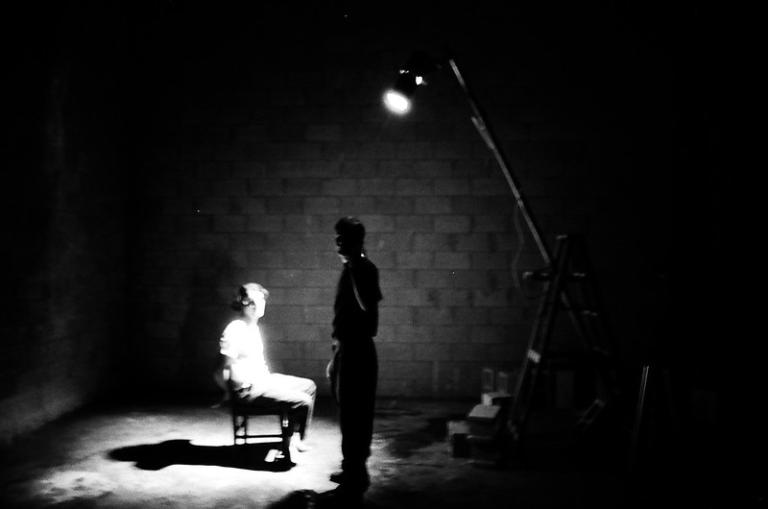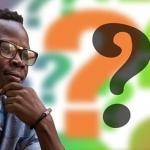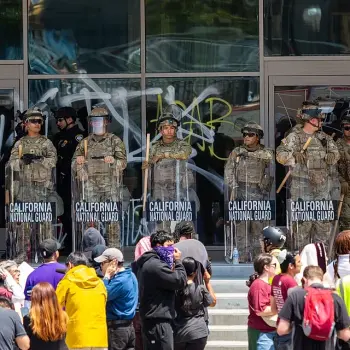
Yesterday we blogged about the alleged characteristics of white supremacy according to a workbook instructing teachers how to incorporate critical race theory in the teaching of mathematics. Today and tomorrow I’d like us to take a look at how, according to the book, teachers should do that.
This book, available online, is entitled A Pathway to Equitable Math Instruction: Dismantling Racism in Mathematics Instruction. Read it for yourself, especially if you think that I’m mischaracterizing what it says. Here is its rationale (my bolds to emphasize the language that I’ll discuss below):
This workbook provides teachers an opportunity to examine their actions, beliefs, and values around teaching mathematics. The framework for deconstructing racism in mathematics offers essential characteristics of antiracist math educators and critical approaches to dismantling white supremacy in math classrooms by making visible the toxic characteristics of white supremacy culture (Jones and Okun 2001; dismantlingRacism 2016) with respect to math. Building on the framework, teachers engage with critical praxis in order to shift their instructional beliefs and practices toward antiracist math education. By centering antiracism, we model how to be antiracist math educators with accountability. . . .
In order to embody antiracist math education, teachers must engage in critical praxis that interrogates the ways in which they perpetuate white supremacy culture in their own classrooms, and develop a plan toward antiracist math education to address issues of equity for Black, Latinx, and multilingual students.
This is full of the cant and jargon of Marxism, now applied to the race struggle, rather than the class struggle, along with various clichés of postmodernism. Here is a guide to this post-Marxist vocabulary:
(1) deconstructing–The postmodernist assumption is that truth is not a discovery but a construction. Deconstruction reverses the process. In this context, it means purporting to show how a concept is based on oppressive power relationships.
(2) critical approaches–This does not refer in this context to different approaches to literary or artistic criticism. “Critical” always means “criticizing” and refers to taking apart ideas, events, and institutions to show how oppressive they are.
(3) toxic–A term adapted from radical feminism, which condemns “toxic” masculinity. It means that certain qualities are poisonous.
(4) critical praxis–Marxists used to talk a lot about “praxis,” the Greek word for “doing.” It means taking action. It’s often paired with and contrasted to “theory.” As in “not just theory but praxis,” not just thinking but acting.
(5) centering–A metaphor from postmodern literary criticism. Take what was “marginalized”–that is, consigned to the margins of a page, rather than the main text–and move it to the center of the discourse. (Black Americans–also women, homosexuals, etc.– have been left out of the American narrative; now we will retell the story, putting them at the center.
(6) interrogates–This is the ugliest, most offensive term in the radical lexicon. It smacks of the KGB, the Gestapo, and other totalitarian secret police. Prisoners are “interrogated” until they confess their political crimes.
(7) equity–Not to be confused with “equality” or its other meaning of “equal justice.” “Equity” here means not identical treatment or identical opportunities. It means identical outcomes.
Next time: the difference between racist and non-racist math.
HT: Melinda
Photo: Enhanced Interrogation by Drewdlecam via Flickr, Creative Commons 2.0














